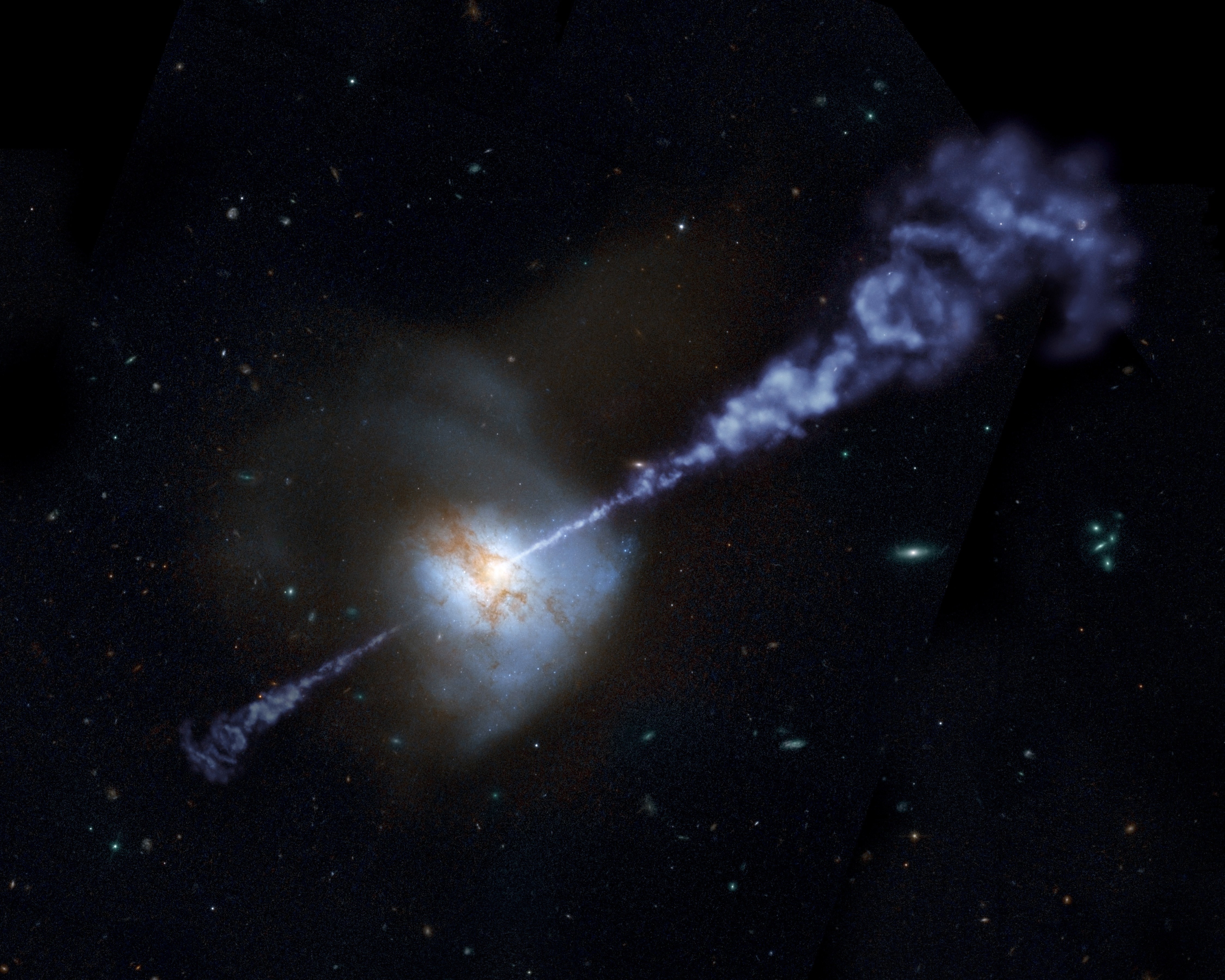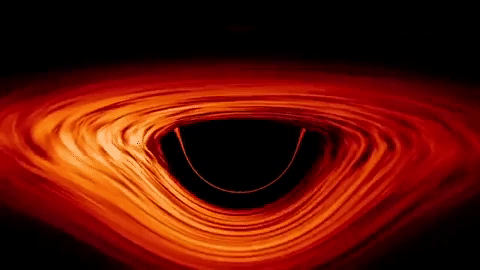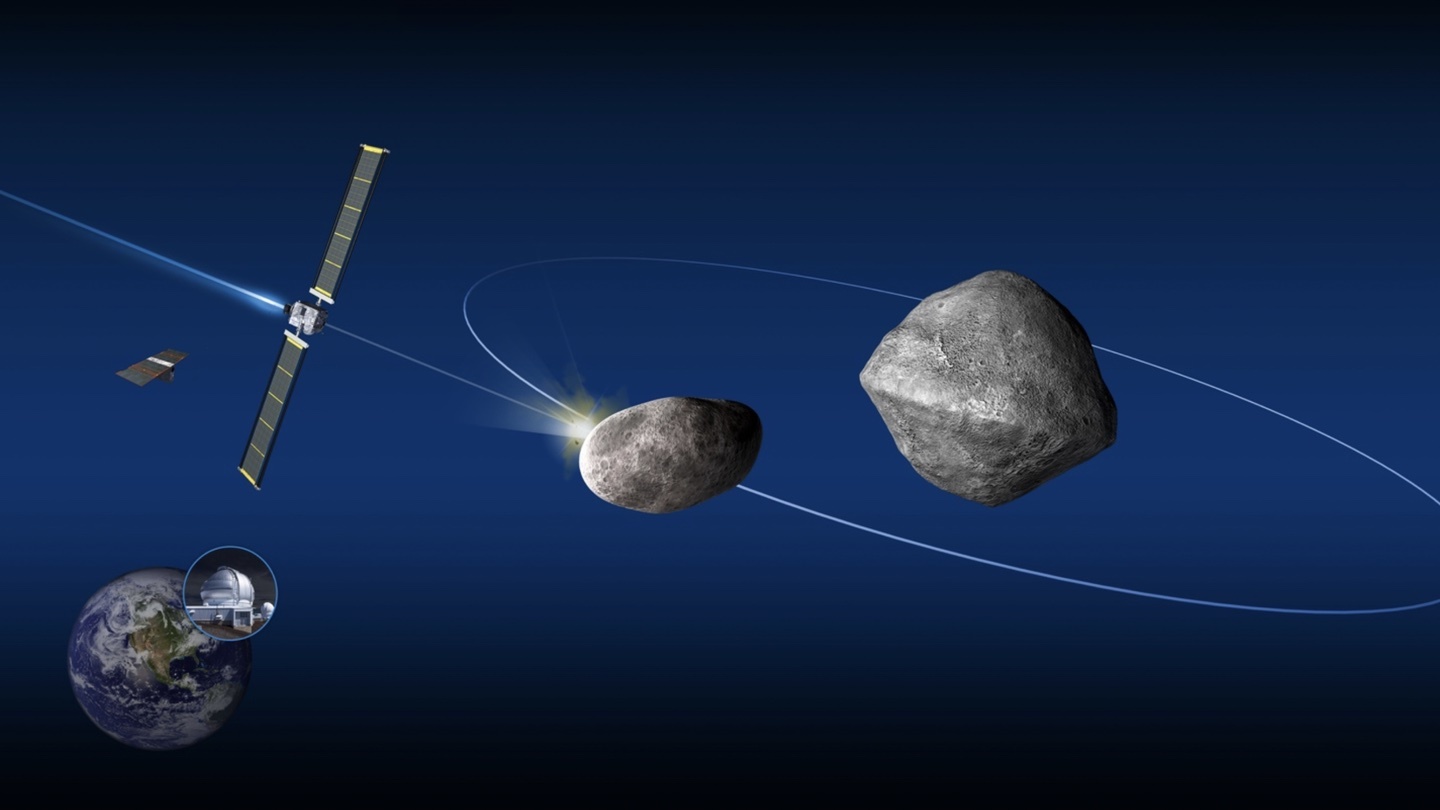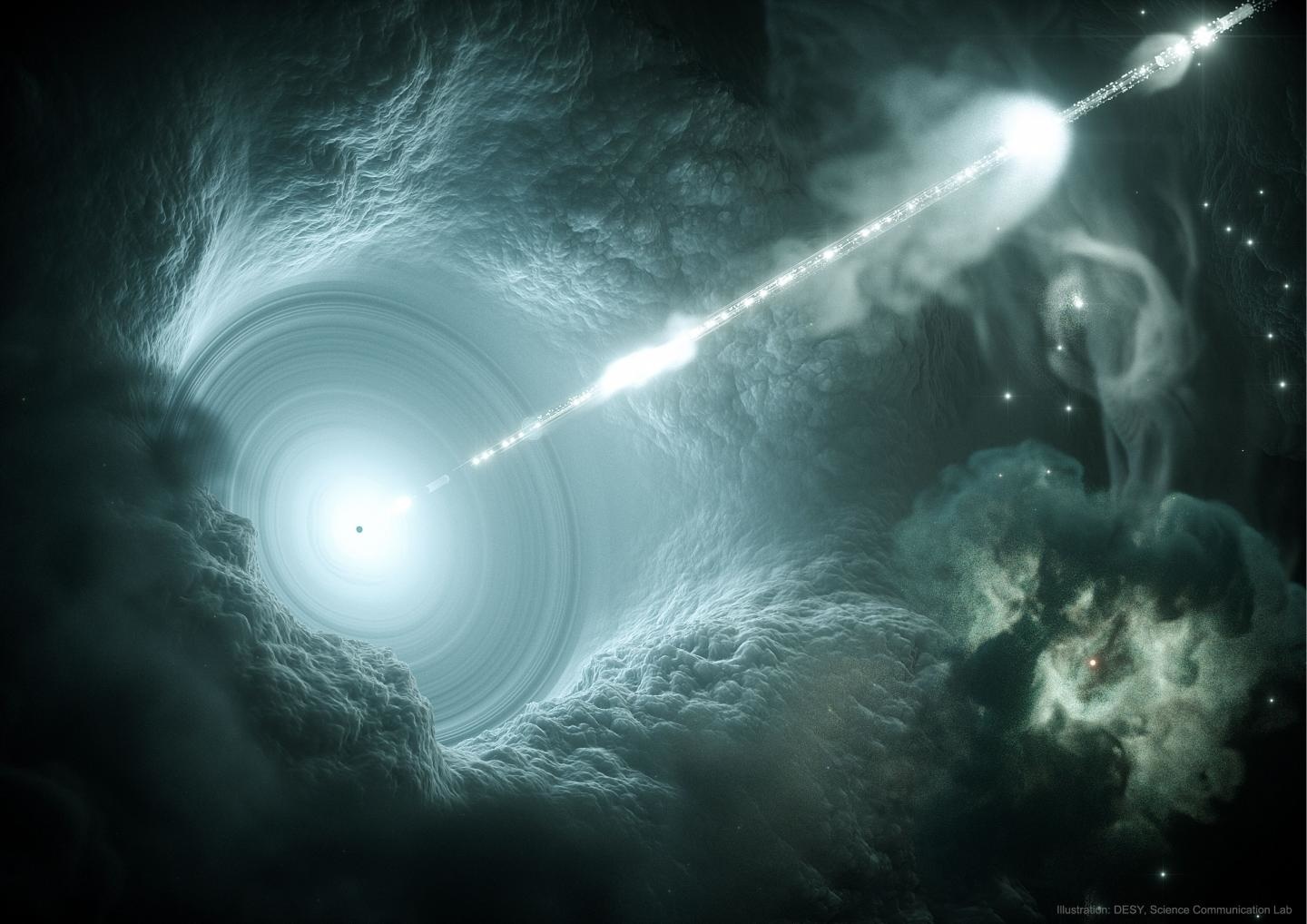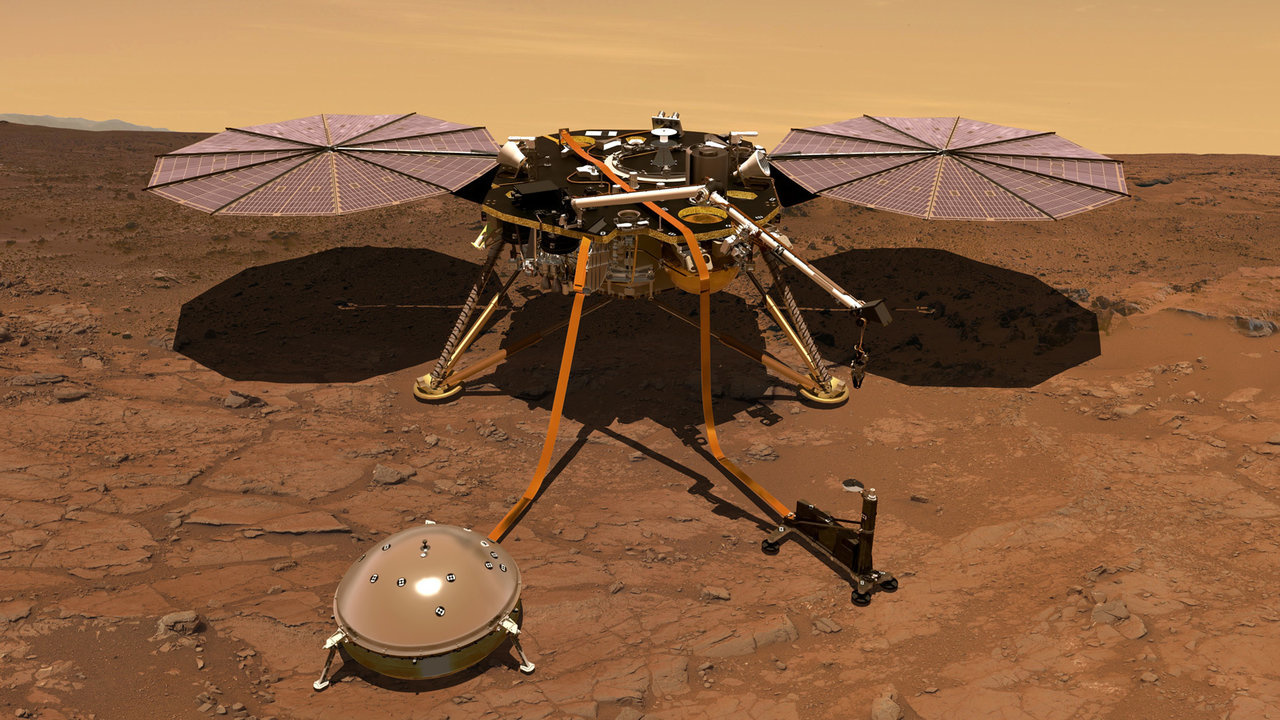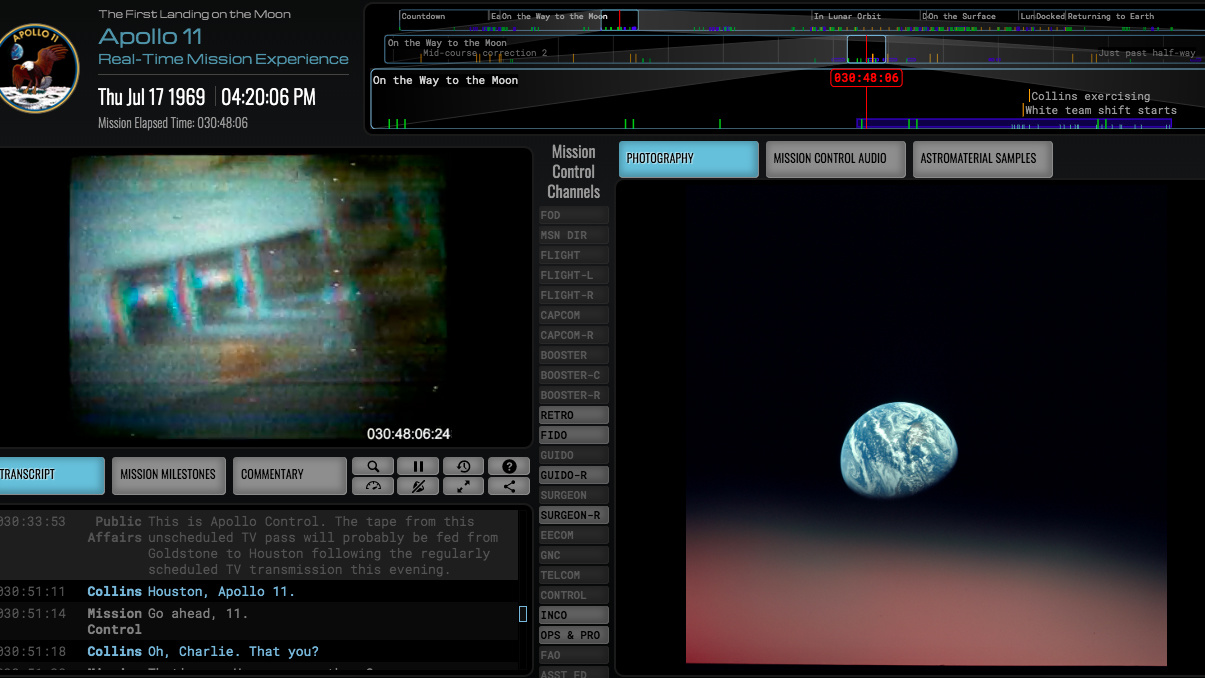nasa
One of the scientists with the Viking missions says yes.
Results support Einstein’s theory and the idea that black holes have no “hair.”
Since the 1940s, NASA has been testing experimental aircraft (aka X-planes) at California’s Armstrong Flight Research Center at Edwards Air Force Base. In the past two decades, however, the agency […]
It marks the first time a plant has been grown on the moon.
The TESS satellite captures rare images of a cataclysmic event in a faraway galaxy.
▸
with
For Black Hole Week, NASA released a mesmerizing animation of what a black hole probably looks like.
Before the next big, dangerous, incoming rock arrives.
Scientists find that bursts of gamma rays may exceed the speed of light and cause time-reversibility.
A NASA robot on Mars sends back unusual findings, including timed magnetic pulses.
An amateur astronomer discovers an interstellar comet on its way to our Sun.
Scientists say it might even rain on the exoplanet, dubbed K2-18b.
If teachers weren’t taught to fear failure, could they see greater success in the mission of education?
▸
7 min
—
with
The Von Braun Space Station, based on the concepts of a controversial scientist, is moving ahead with construction plans.
Satellite movie shows clouds of carbon monoxide drifting over South America.
The Russian-built FEDOR was launched on a mission to help ISS astronauts.
The Amazon Rainforest is often called “The Planet’s Lungs.”
Tardigrades – commonly called “water bears” – were among the payload of an Israeli lunar lander that crashed into the moon in April.
This exoplanet is 10 times hotter than any world we measured and shaped like a football.
The risk of space debris collisions grows greater every year.
The history of Silicon Valley: The rise of a technological unicorn.
▸
10 min
—
with
Two Apollo 11 astronauts question NASA’s planetary safety procedures.
The latest phones have more than one million (1,048,576 to be exact) times more memory than the Apollo computer had in RAM.
July 16, 2019 marks the 50th anniversary of the mission that first landed a man on the Moon.
Going back to the moon will give us fresh insights about the creation of our solar system.
▸
6 min
—
with
Strangely, the sun showed no sunspots at the time the photo was taken.
She may not be ours forever.
Conspiracy theories about the event dating back to the 1970s are in fact more popular than ever.
While the world considers future trips to Mars, two astrophysicists make a case for exploring asteroids.
Apollo 11’s moon landing inspired many to reach for the impossible.
Hubble captures the afterglow of an epochal blast.

